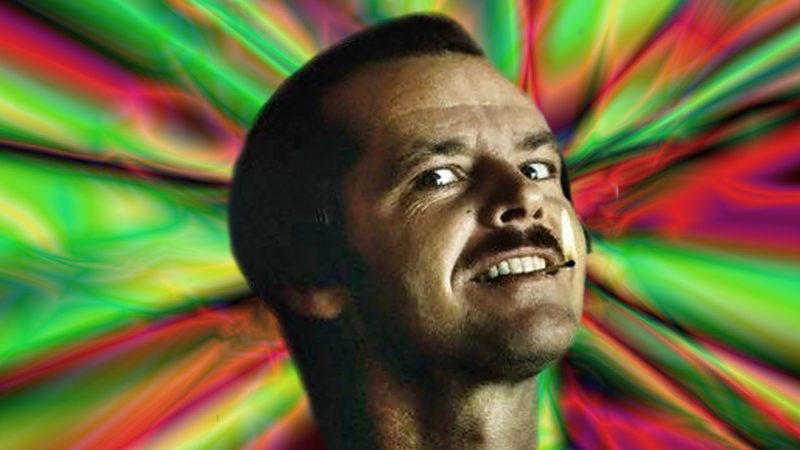In the 1960s the United States was hit with a growing counter-culture which challenged the traditional values of its society. Apart from large popular movements which shaped the political landscape, new art forms were breaking barriers as well ― especially in music and cinema.
At the time, combining the two proved to be the next big thing. As psychedelic rock emerged, spawning the hippie subculture, low-budget films thrived on their independence from big studios, practicing new and subversive methods which made them the avant-garde of the art world.
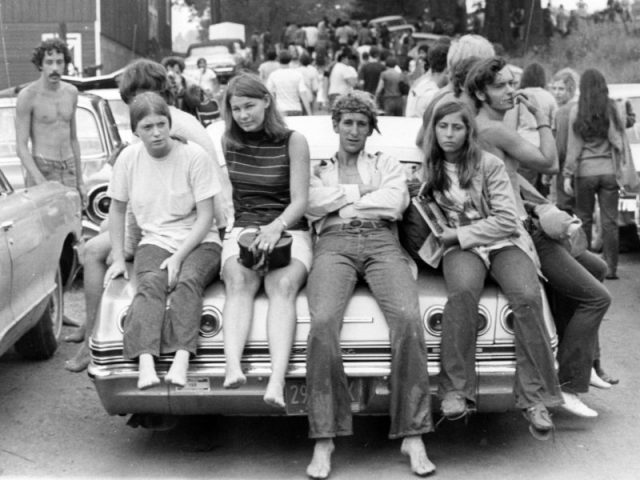
However, their efforts often encountered disagreement and censorship by the establishment for depictions of nudity, drug use or explicit violence, which were just some of the traits found in indie films of the time.
Another trademark was the strong anti-war subtext, regarding the U.S. military interventions in Vietnam and other parts of the world.
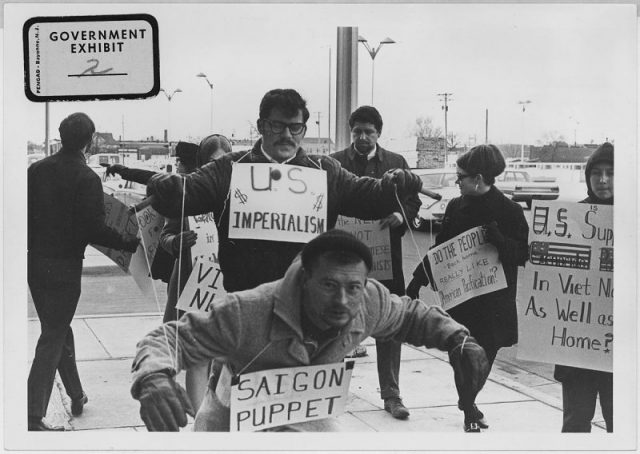
On the forefront of this cinematic movement were some household names of the movie business today, like Peter Fonda, Dennis Hopper, and Jack Nicholson. In fact, all three of them took part in the 1969 cult classic Easy Rider which defined the hippie era.
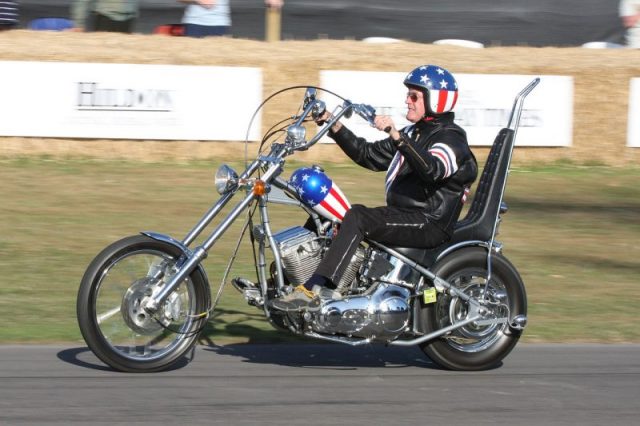
But before Easy Rider, in 1967 the trio was involved in another production ― one that saw very limited release and was even banned in the U.K. for more than three decades. The film, simply called The Trip, was produced by MGM, written by Jack Nicholson and directed by Roger Corman, a prolific film director whose experimental approach pioneered alternative cinema in the U.S.
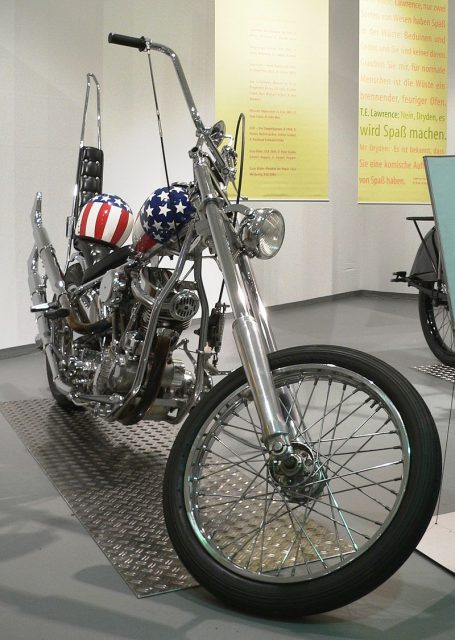
Corman and Nicholson worked together on several prior productions such as The Little Shop of Horrors, The Raven and The Terror. Jack Nicholson also starred in another psychedelic movie themed around drug use in 1968’s Psych Out.
The Trip’s plot revolves around a TV director, portrayed by Peter Fonda, who decides to consume LSD after a tough divorce from his wife. In the search for meaning, he gets entangled in a bad trip, encounters various characters along the way and is constantly chased by a group of dark, hooded horsemen.
These apocalyptic visions melt with psychedelic imagery and erotic scenes, as the main character transgresses from his old self into someone different.
Exterior scenes taking place in the Sunset Strip were edited by Corman himself, who even took LSD in order to better understand the main character’s experience. Corman’s chaotic editing of abstract imagery came as a direct result of trying to transfer the influence of LSD onto the screen, simulating its effects on the human mind and perception.
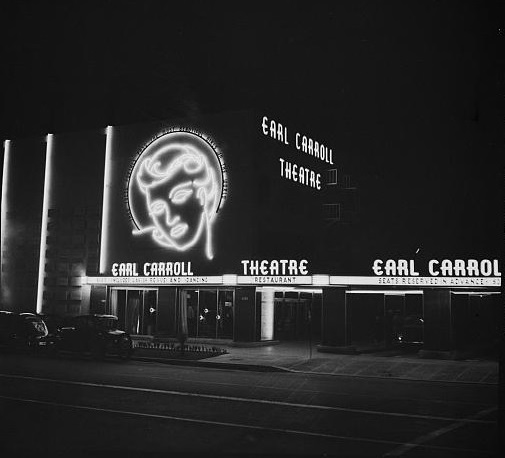
While providing the viewer an insight into the LSD-induced paranoia, the director at one point subtly addresses the U.S.-backed invasion of Cuba in 1966, commonly referred to as the Bay of Pigs.
Most of the music in the film is performed by Mike Bloomfield and his band The Electric Flag, providing jazz-influenced improvisations together with a blues-rock background, adding to the disoriented feeling of the movie.
Every Day Items Used As Movie Props
Although Fonda rooted for another musical outfit to provide the music score, called The International Submarine Band, in the final cut they only appear as a band performing in a nightclub, with The Electric Flag score in the background.
As for the screenplay, it was written by Nicholson, who was a relatively unknown figure at the time. He was hired by Corman after several drafts written by other authors failed to meet his expectations.
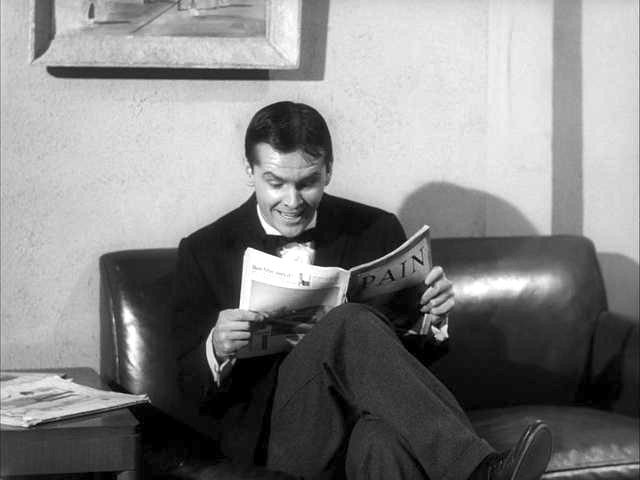
Reportedly, Corman liked Nicholson’s experimental approach to writing, claiming in the commentary section of the 2004 DVD release that between 80 and 90 percent of the script entered the final cut, with only minor changes made by the director himself, in order to meet the budget requirements.
The visual style of the picture, along with its direct depiction of LSD abuse caused The Trip to have a limited release only in selected theaters, but the movie managed to earn around 6 million dollars from a budget of 100 thousand, becoming an instant classic.
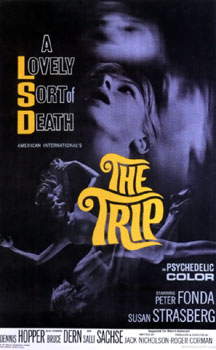
Since it was released in 1967, at the very climax of the so-called “Summer of Love,” it made a significant cultural impact garnering a cult following and widespread praise.
However, across the ocean in Britain, it met with a censorship committee which deemed it unsuitable for theatrical release in 1967.
In 1971 The Trip was once again sent overseas by MGM, only to be rejected for the second time. The same thing happened in 1980. In 1988, it once again failed to gain a certificate, this time for video release.
Finally, after more than three decades of it being blacklisted, Britain got the chance to watch the The Trip in 2004, when it was released on DVD, with the commentary included.
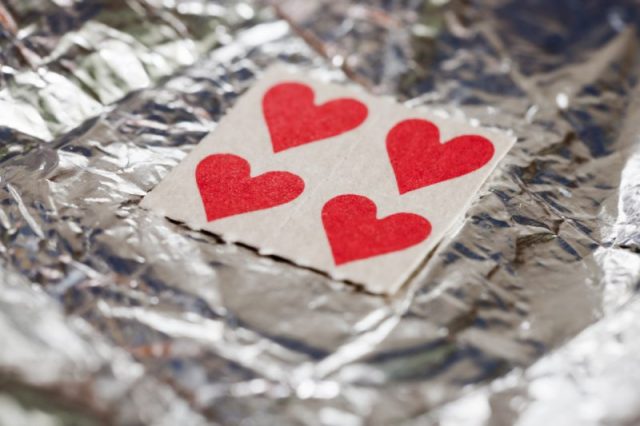
After 37 years, the audience in Britain was finally allowed to watch what was dubbed by critics as the best depiction of an LSD trip ever put on film. Of course, in the meantime it has become more of a relic of the turbulent sixties than a potential subversive artistic endeavor that threatens to incite the British youth to consume LSD.
Read another story from us: Jack Nicholson’s Sister was Actually his Mother
Today, the film is widely available and distributed all around the world, as it remains a sort of “Midnight Movie” favorite among film buffs and art-house filmmakers who perceive it as a milestone achievement of the era.
Nikola Budanovic is a freelance journalist who has worked for various media outlets such as Vice, War History Online, The Vintage News, and Taste of Cinema. His main areas of interest are history, particularly military history, literature and film.
